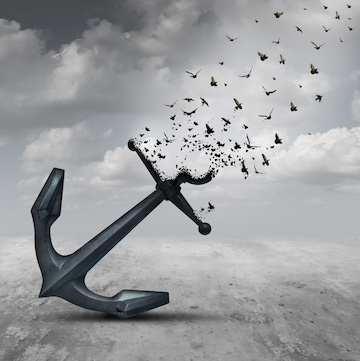Technology Could Keep Us Home Longer

Technology is helping us prolong our stay at home. When I look at all of the devices to help us and keep us safe, I am overwhelmed. These products are coming at us so quickly, that it is hard to keep up with what is available.
Personal Emergency Response Systems (PERS)— These systems have been around for many years. Most of us remember the granny who fell and couldn’t get up. They are very popular and easy to use. These come in handy for anyone who may be a fall risk or just wants to feel more secure because they live alone. Even as a young single adult who lived alone, I used to wonder who would find me if something happened, and how long would it take?
These devices have been significantly upgraded over the years. Now they operate wirelessly or through VOIP (no landline needed). Some even have GPS capability to let the responders know exactly where you are located. There are some models with speakers so you can communicate. Still others can even detect a fall in case you aren’t able to activate the alert. These give some comfort to those adult children who live miles away from their elderly parents.
Motion Monitor Devices—These devices are great for people with Dementia, Alzheimer’s or other cognitive impairments, who tend to wander. The person can wear it like a watch or bracelet, and it comes with a portable receiver for the caregiver. The device has GPS technology and the caregiver can set up safety zones inside or outside the home. The caregiver is alerted when the patient moves out of those safety zones.
Another type of monitor is in the form of shoes. These shoes are equipped with GPS technology. They were originally created for children, but adults who have health problems have started wearing them. If anything were to happen, they could be tracked online.
Pill Reminders—There are pill reminder systems that can not only remind you to take your dose at the right time but also alert someone when the correct dose is not taken when it was supposed to have been taken. The system will alert the caregiver by text, email, or voice message.
Vital Signs Monitors—Today, a loved ones can have their vitals taken without going to the doctor’s office. Whether you are concerned with your parent’s blood pressure, pulse rate or temperature (and more), you can get alerts when a daily reading is off track.
Automatic Prescription Delivery—Some services you can use online will send your parent prescriptions that are pre-sorted into daily doses with timestamps on them. They will even contact you before the prescriptions run out so you have ample time to order refills.
Mailbox Signals—There are mailbox signals that will let you know when the mail has been delivered so that you only have to walk to the mailbox once a day. Multiple trips to the mailbox are eliminated and so the chances of falls are reduced.
Digital Reminders—These are great low-tech devices that can remind you to do everything from feeding the dog to taking out the trash. Most of us use our smartphones, but many older adults still do not use smartphones.
Daily Activity Monitor Systems—Now there are systems that can monitor everything from how many times the refrigerator has been opened to how many times you go into the bathroom. Would you like to know if your parent went outside today? Now you can, even if you live hundreds of miles away.
These systems can let you know exactly what’s going on in your parents’ home by logging onto a website. It works by using sensors. The sensors are placed on key chains, refrigerators, bathroom doors, pillboxes, or anywhere you would like to monitor activities. A hub is used to report the activity and you are alerted by text, email, and phone app. New and improved models are constantly being released. Of course, nothing can take the place of regular visits and phone calls, but these products can certainly add peace of mind to children and loved ones who are far away.



